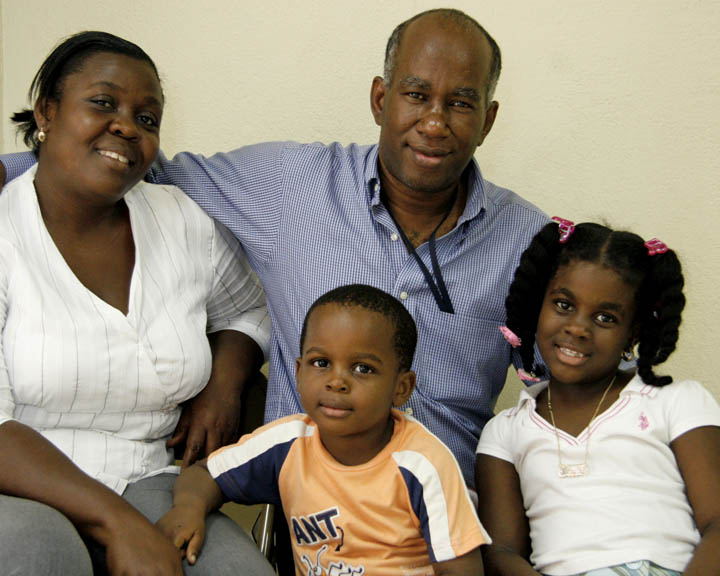I hate the spectacle of the live charter school lottery. They want you to fill up a room, so that you show demand from families, but if twice as many kids apply as spots, half of them lose. Families cheer as their name is called, and the air slowly slips out of that balloon of hope parents brought with them, until it’s flaccid on the floor, as the last numbers are called, and the waitlist goes into the hundreds.
It’s a painful sight.
I heard the same story from a brother in Oakland last week and it was the same story I heard from a sister just this week, and it was that same story again, when I was in New Orleans. My Oakland parents praised the new parallel common enrollment systems that allowed them to apply to multiple charter or district schools at once. That was much easier than schlepping to multiple schools and filling out multiple applications.
But when they heard back from the lotteries, both for district and charter schools, the lowest rank of top choice school was 85th on the waitlist and the worst was 155th—even though they had a choice, they didn’t really have access.
And something about that seemed almost worse than not having a choice at all.
For those that got in obviously, choice helped, but for the many that didn’t, it didn’t. And the odds were stacked for some families and stacked against others.
It’s not just Oakland
Families in New Orleans had similar criticisms of the common application there, at least initially, you could apply to all these schools, but by the time the preferences for siblings and neighborhoods and who knows what else played out, the families with the least neighborhood choices were not getting into the schools they wanted and needed.
While more privileged families maintained that privilege—even with a lottery.
The rich tend to get richer when we talk about schools.
Our schools, our rules
But it doesn’t have to be that way, who gets into what schools really depend on who gets preferences—siblings, kids in certain neighborhoods, or really whatever we choose to use. And these preferences have created a kind of social engineering-that hoards opportunities and re-create privilege and segregation.
Which brings me to my second point from the families—they needed more than choice, they needed access, they paid taxes just like everyone else, they are a part of the district, so why can’t they get into the high demand schools?
Same question for the charters. Choice is great, but without access it’s meaningless, and feels even worse.
We can grant access, the enrollment rules and preferences are board approved and subject to change. You can see OUSD’s enrollment policies here.
And charters can change their rules too. One recently added a preference for foster and homeless students—others should follow. The very presence of a lottery means that some families are very unlikely to get in, we can change that.
I don’t have the answers here—I think the families might, and you might hear more from them.
Our current preferences have been used for a kind of social engineering that has separated us into tribes and classes, where segregated housing has led to an unofficial law of the land in segregated schools. Common enrollment removed the first shackle for many families, it’s time to remove the second and do something about access.

